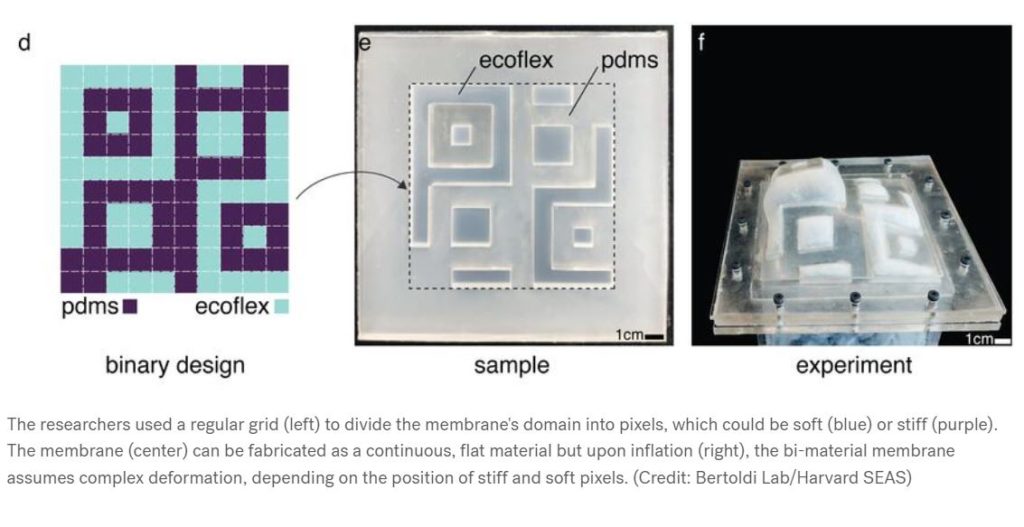
New platform can program the transformation of 2D stretchable surfaces into specific 3D shapes. Flat materials that can morph into three-dimensional shapes have potential applications in architecture, medicine, robotics, space travel, and much more. But programming these shape changes requires complex and time-consuming computations.
Now, researchers from the Harvard John A. Paulson School of Engineering and Applied Sciences (SEAS) have developed a platform that uses machine learning to program the transformation of 2D stretchable surfaces into specific 3D shapes.
“While machine learning methods have been classically employed for image recognition and language processing, they have also recently emerged as powerful tools to solve mechanics problems,” said Katia Bertoldi, the Wil...
Read More





Recent Comments